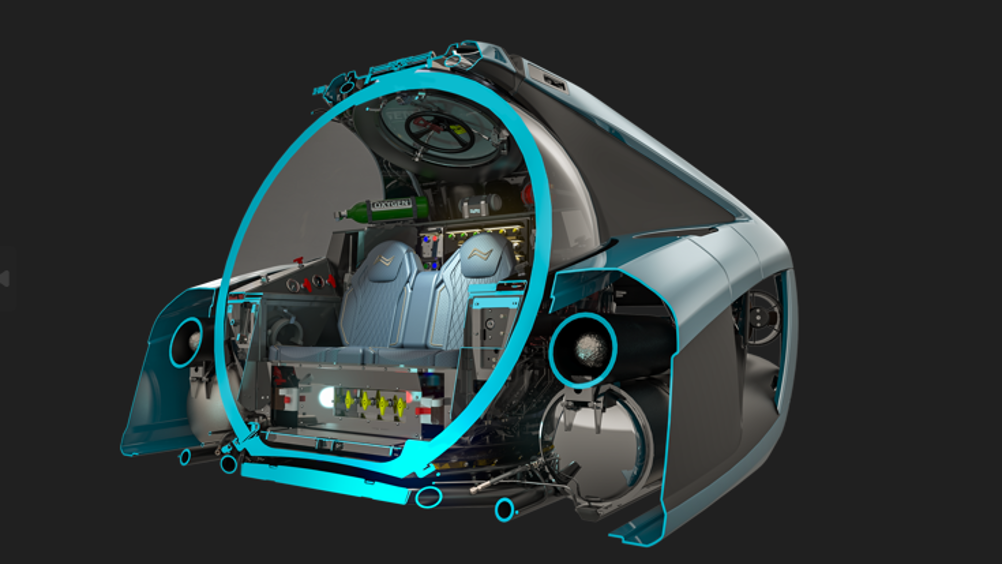Designing NEMO: building a volume production submersible
First unveiled in 2021, U-Boat Worx’s NEMO submersible continues to make waves in the sector. Rob Wolkers spoke with Ellie McCann about his experience designing the ‘supercar’ of the ocean.

While for many of us, the idea of a £1 million purchase is entirely absurd, we can’t help but wonder what we could have for this amount of money… holidays, homes, or perhaps the fastest and most attractive supercars.
Despite their extortionate cost, we see these supercars all the time – on our televisions, in the movies and, of course, on our roads, and it is this visibility that fuels many a dream to own one.
Dutch company U-Boat Worx is now taking this philosophy to the water, as it builds on its plans to mass produce what it hopes could one day become the ‘supercar’ of the ocean: the privately owned submersible
First founded in 2005, the company has become the largest builder of private submarines in the market, in terms of output, commissioned vessels, number of employees and units in active use. Indeed, the Netherlands-based company has produced more submarines than all active manufacturers combined currently.
Register now to continue reading
Thanks for visiting The Engineer. You’ve now reached your monthly limit of premium content. Register for free to unlock unlimited access to all of our premium content, as well as the latest technology news, industry opinion and special reports.
Benefits of registering
-
In-depth insights and coverage of key emerging trends
-
Unrestricted access to special reports throughout the year
-
Daily technology news delivered straight to your inbox










Water Sector Talent Exodus Could Cripple The Sector
Maybe if things are essential for the running of a country and we want to pay a fair price we should be running these utilities on a not for profit...